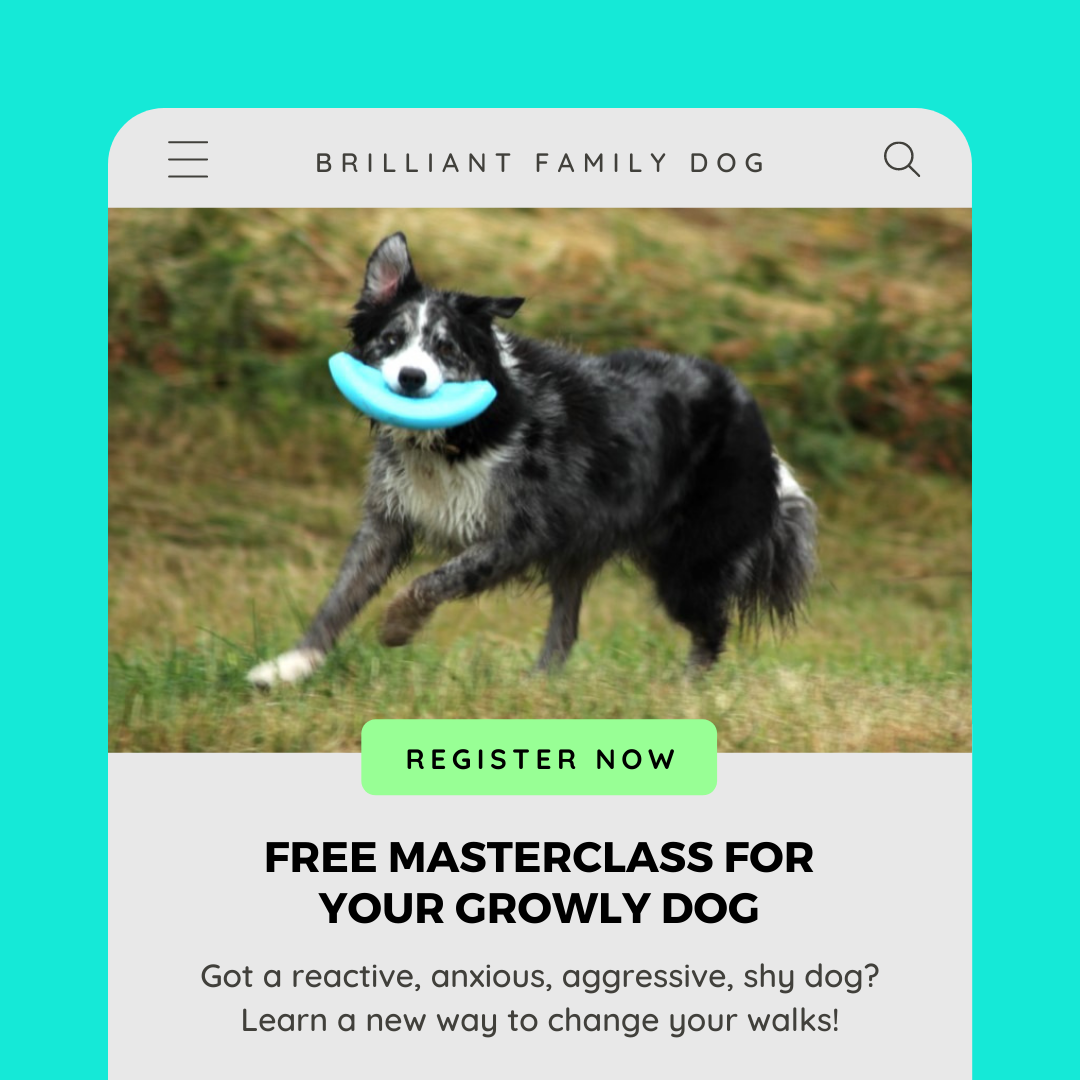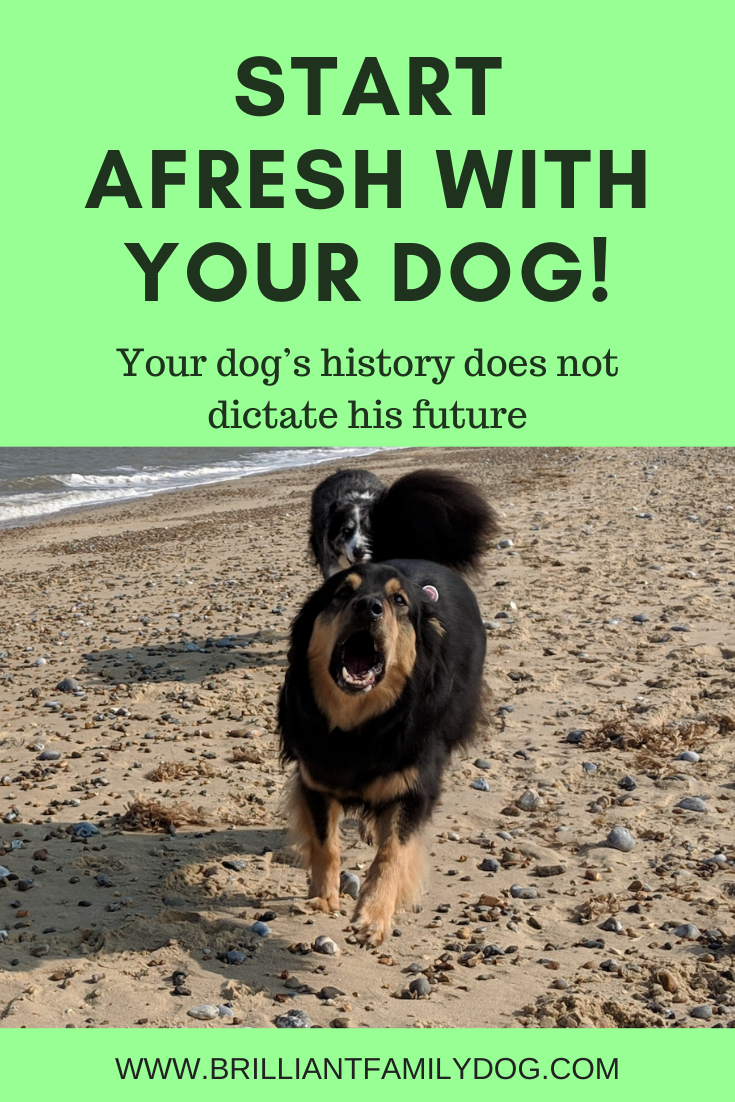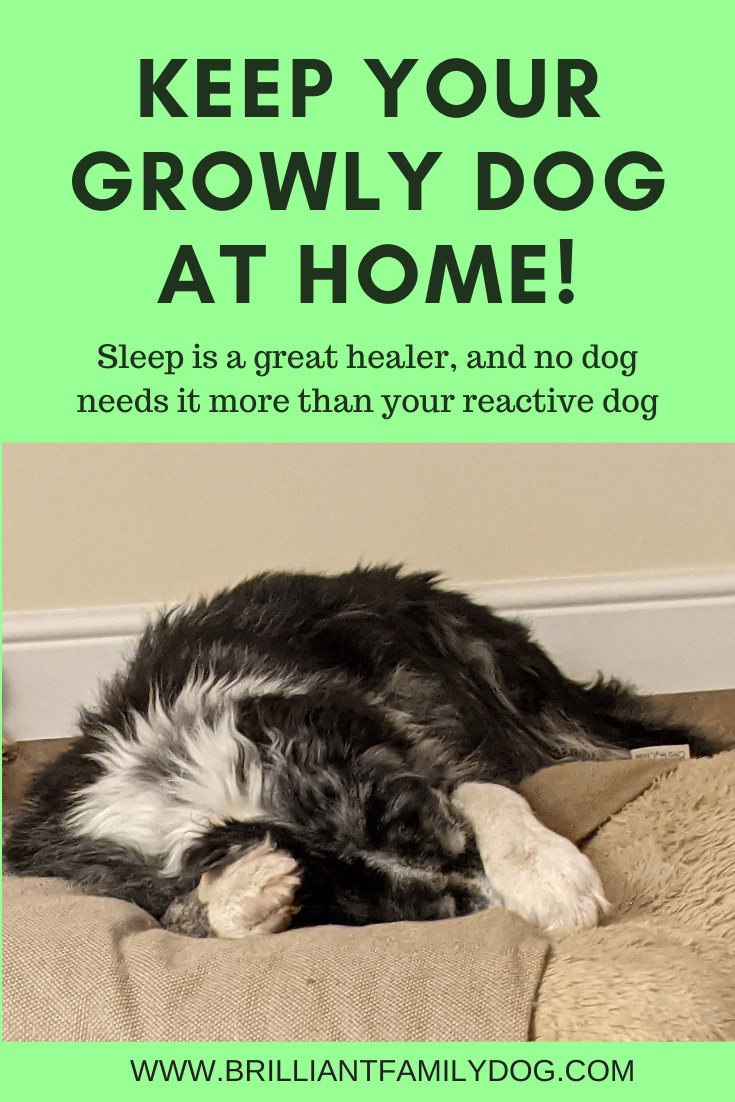Now Lockdowns are lifting - a little or a lot - people are planning holidays again! And you may want to take your dog away with you. For most dogs, this is a fun adventure!
But for a shy, anxious, apparently aggressive, reactive - Growly - dog, this may be no fun at all, unless you plan carefully in advance.
It’s quite possible to take trips with your reactive dog - and I do regularly with mine - but you have to take extra steps to ensure that everyone enjoys the holiday.
So here are some thoughts for you to consider:
If possible, leave her at home. Failing that, a dogminder who your dog trusts may be the answer. If you think she really will find the whole thing too stressful and ruin everyone’s enjoyment, not taking her will be a good choice.
But if you do decide to take her, here you go:
Choose a self-catering type of accommodation - like b&b, camping, campervan, caravan - rather than hotel. Check well ahead for dog-friendly beaches etc - especially in high season.
Take her crate, bed, usual food and treats, bowls, water bottle, toys, brush, towel, poo-bags, etc with you. A playpen can be a huge addition, for indoor or outdoor use. Don’t forget her lead, harness, muzzle if worn, and your long line! If your dog’s not used to being in a crate, practice short absences in the months before your trip.
Plan coffee stop-offs on the journey where your dog can enjoy a short, quiet, walk. Some motorway service stations have excellent walks from the site.
If she doesn’t normally like crowded spaces, strangers and strange dogs, remember she still won’t like them on holiday! If you’re all to enjoy this break, her views have to be as high on the agenda as your own.
6. Ensure your dog’s id disc has your mobile number on it. If not already done, microchip your precious dog!
7. Check for new hazards at your chosen destination - snakes, deer to chase, steep cliffs, poisonous plants …
8. Avoid a holiday with vast numbers of extended family, and NO new dogs on the same trip!
9. Appoint ONE person who is always responsible for your dog, her comfort, her meals, her whereabouts. This will avoid the dread of, “But I thought you were watching her!”
10. Ensure you have secure travelling arrangements for your vehicle, that your dog already enjoys car rides, and your dog won’t be left in a vehicle unattended.
Put these points into practice, and you’ll have a great holiday! And if you’ve already cracked the code, do comment below on what your reactive-dog holidays are like. We love ours!






















